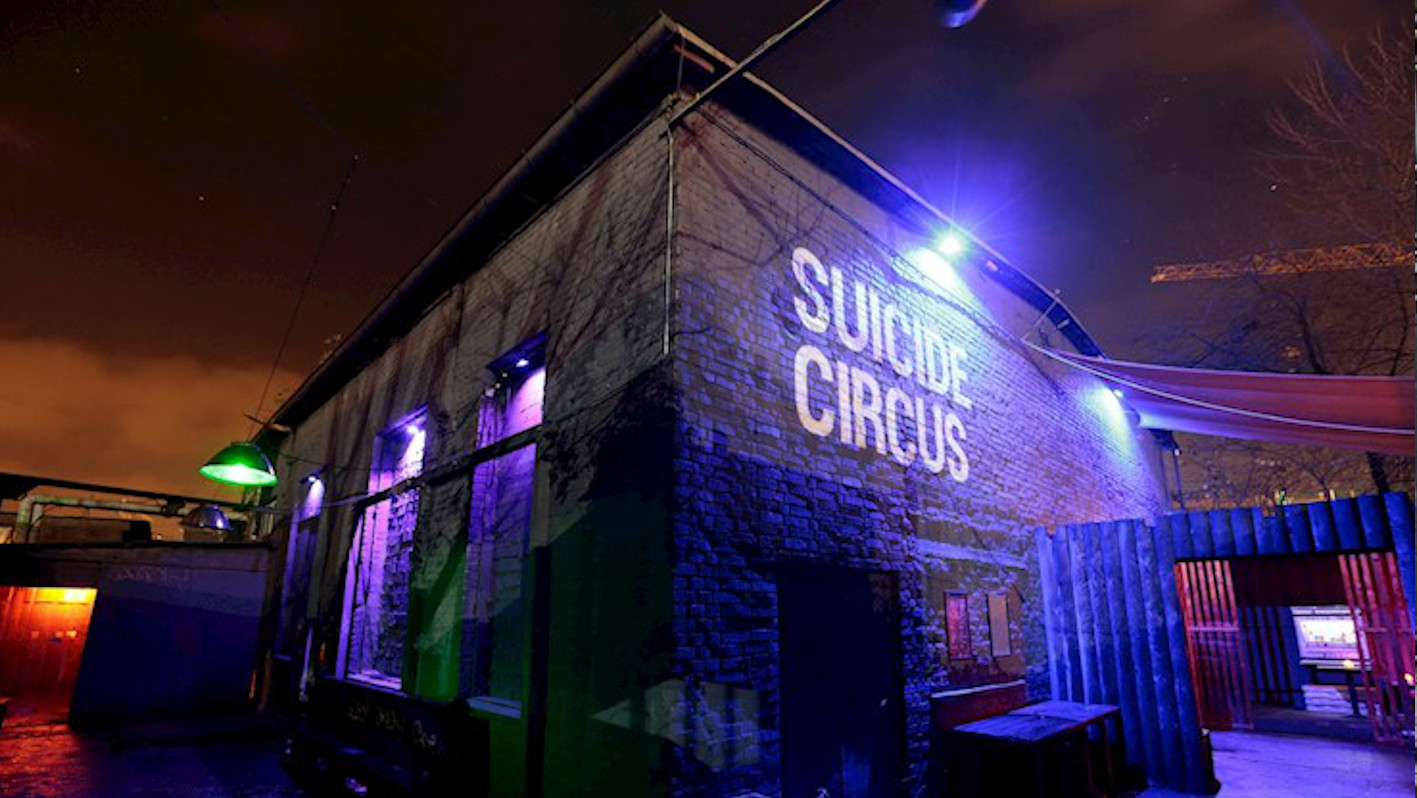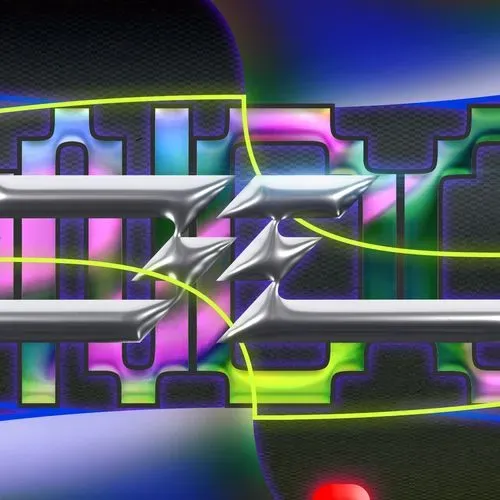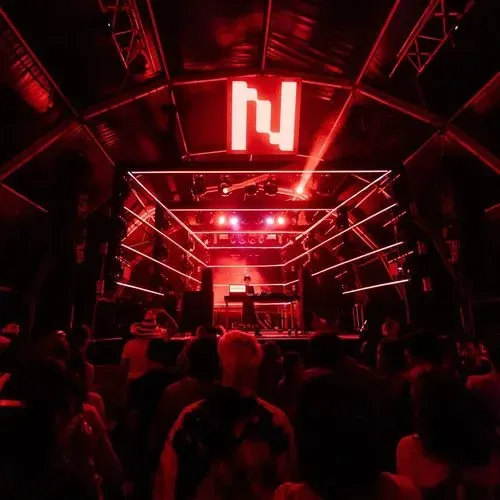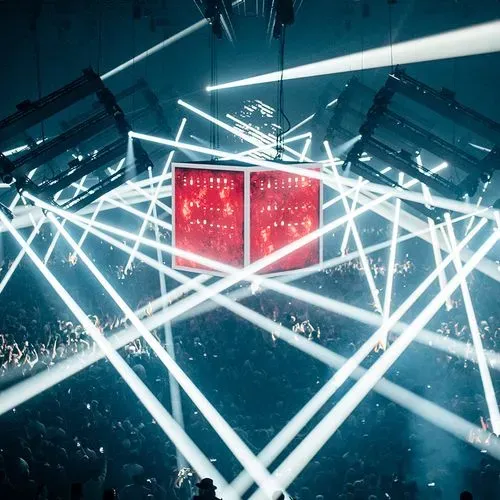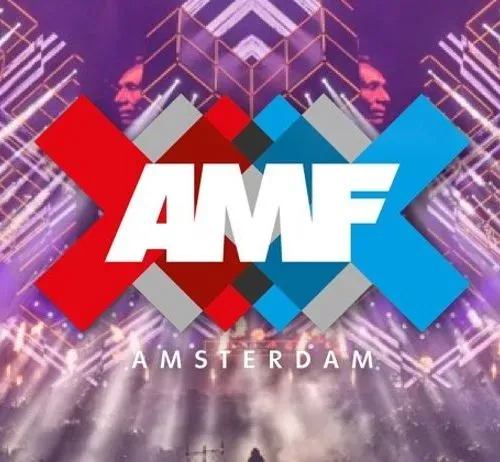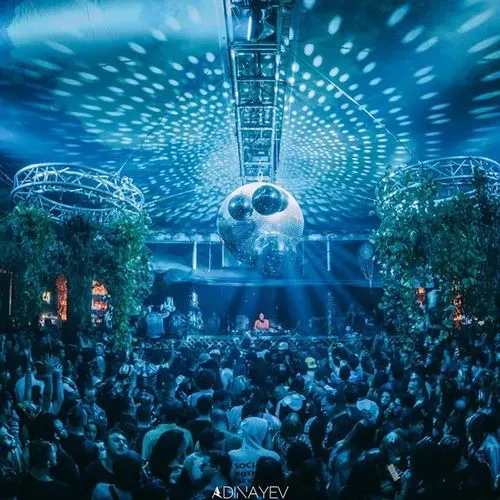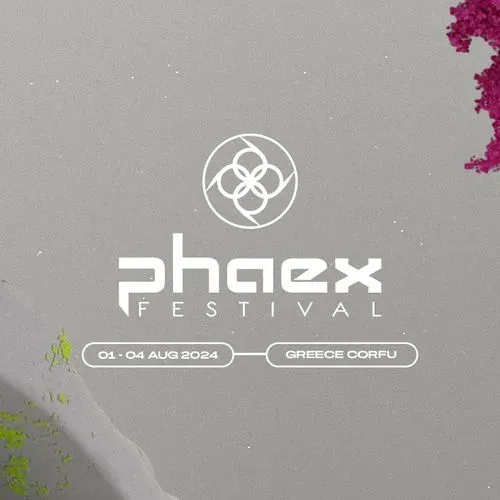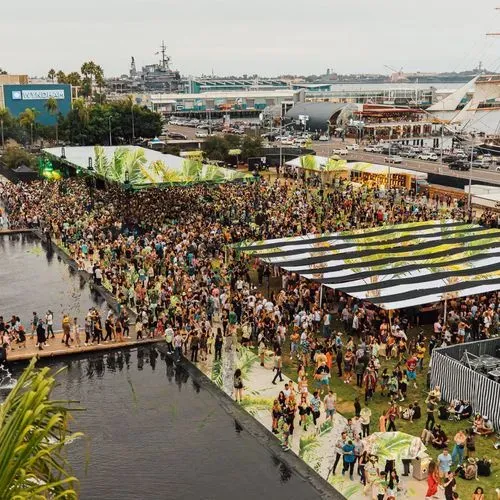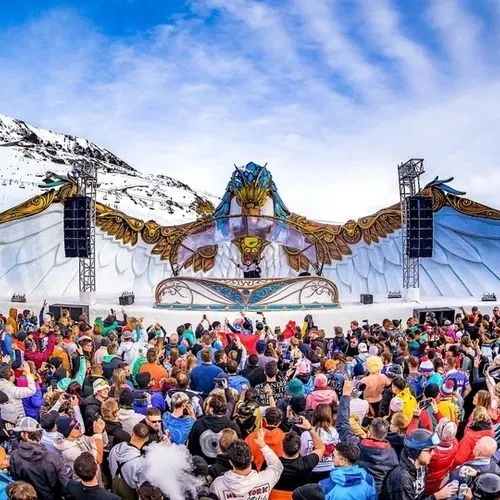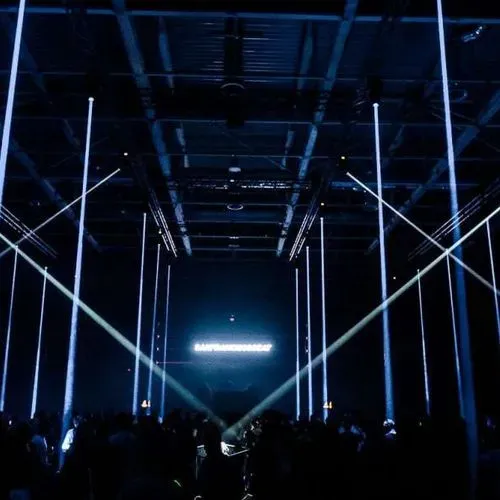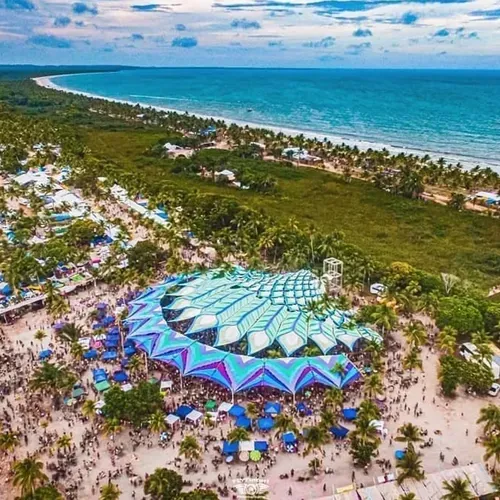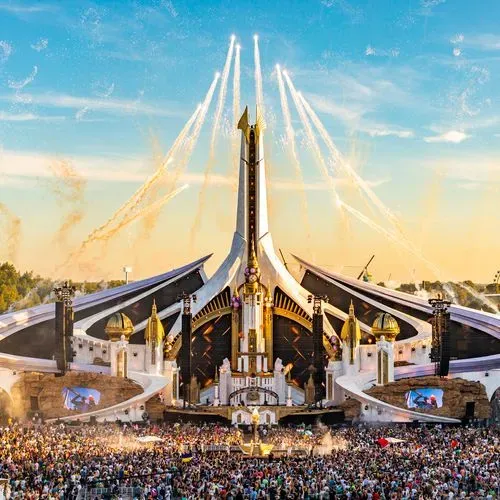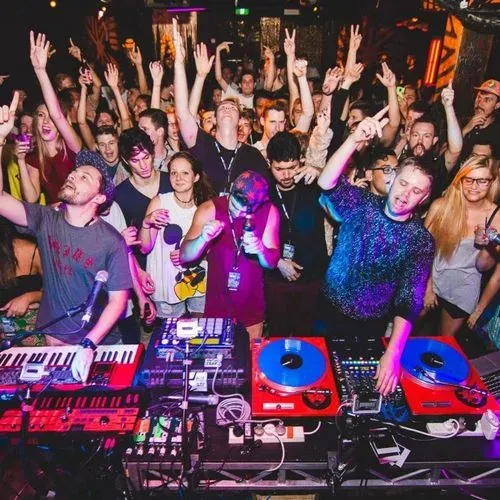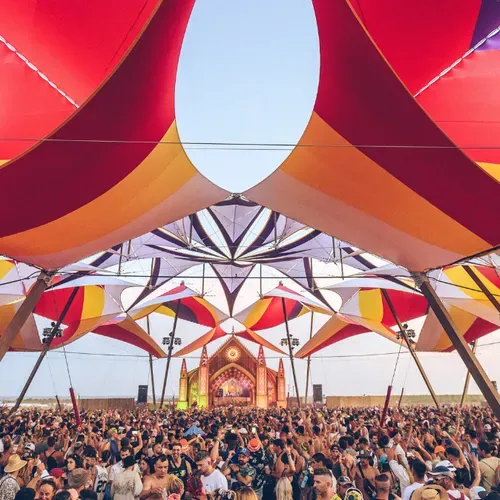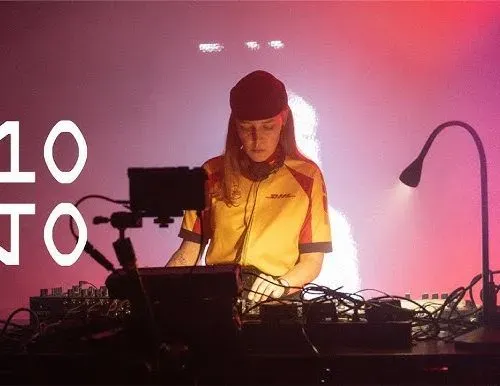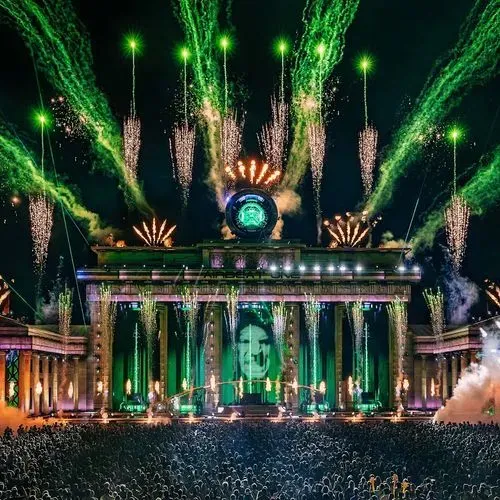The thumping basslines and robotic synths synonymous with techno might paint a picture of Berlin's sprawling nightclubs, but the genre's origins lie far away in the industrial decay of 1980s Detroit. There, amidst social struggles and economic decline, African American pioneers like Juan Atkins, Derrick May, and Kevin Saunderson began weaving a futuristic soundscape. Their experiments with electronic music, influenced by funk, electro, and even sci-fi, birthed techno – a genre that would redefine electronic music.
However, it was Berlin that became techno's crucible. The fall of the Berlin Wall in 1989 shattered physical and artistic barriers. The city's vast, abandoned spaces – remnants of a divided past – became the breeding ground for a new sound. Clubs like Tresor, carved out of a former bank vault, and Berghain, housed in a power station, pulsated with the raw energy of techno.

